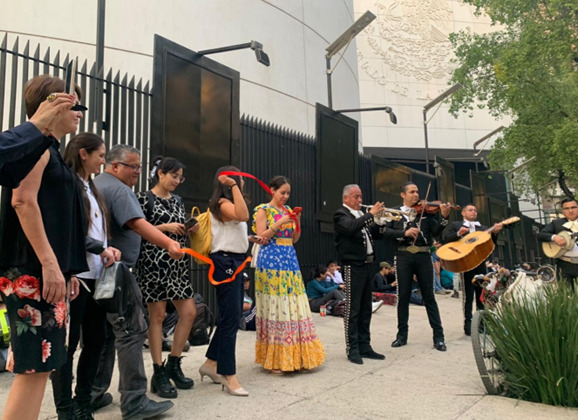The Mobility and Road Safety Law represents the culmination of eight years of civil society advocacy. Civil society organizations (CSOs), cyclists, activists, victims’ groups, academics and other stakeholders came together to form the “Coalición Movilidad Segura” in 2021. The coalition engaged the Global Health Advocacy Incubator (GHAI) to guide the development of a brand and mission statement. With the support of a local facilitator and message research conducted with the public, CSOs and lawmakers, the coalition adopted a brand identity and initiated outreach to other CSOs, growing from over 50 organizational members to more than 100 between 2021 and 2024.
The coalition became an effective advocacy hub and a trusted partner to government decision-makers. With its newly established brand identity, the coalition launched an integrated communications campaign to advocate for safer mobility and safer roads. The coalition launched numerous social media campaigns , with a focus on the right to safe mobility and a call to action to the lawmakers. The coalition delivered branded merchandise (such as coffee mugs and face masks) to key lawmakers with the coalition’s tagline #LeyMovilidadSeguraYa (#SafeMobilityLawNow). Today, the coalition’s logo is well-known and easily recognized among CSOs, lawmakers, policymakers and the public.






